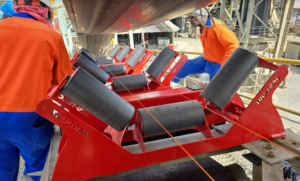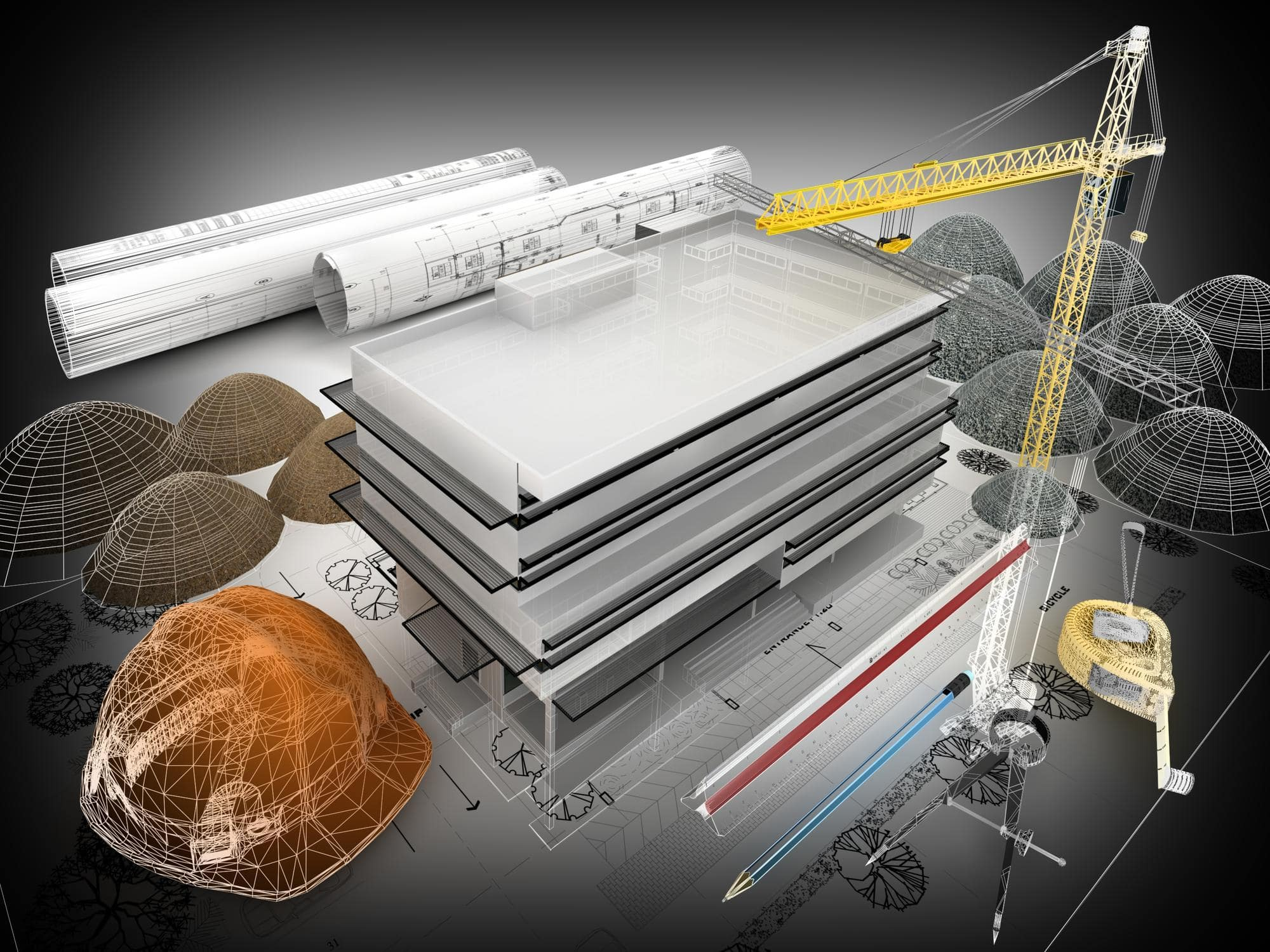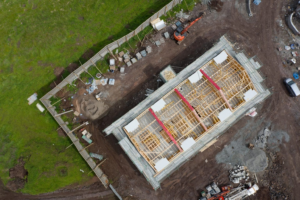Predictive Maintenance: The Future of Industrial Efficiency. Industrial Edge Magazine | August 14, 2024
In the rapidly evolving industrial landscape, predictive maintenance is emerging as a game-changer, revolutionizing how companies manage their assets and operations. As industries strive to enhance efficiency, reduce downtime, and optimize costs, predictive maintenance offers a proactive approach that leverages advanced technologies to foresee equipment failures before they occur.
What is Predictive Maintenance?
Predictive maintenance utilizes data analysis tools and techniques to detect anomalies in equipment operation and predict potential failures. Unlike traditional maintenance strategies, which are either reactive (fixing problems after they occur) or preventive (regularly scheduled maintenance regardless of equipment condition), predictive maintenance is based on the actual condition of equipment, thus providing timely and accurate interventions.
Key Technologies Driving Predictive Maintenance
- IoT Sensors: Internet of Things (IoT) sensors are critical in collecting real-time data from industrial machinery. These sensors monitor various parameters such as temperature, vibration, pressure, and sound, providing a continuous stream of data that reflects the machine’s health.
- Big Data Analytics: The vast amount of data generated by IoT sensors requires sophisticated analytics to interpret. Big data analytics tools process this data to identify patterns and trends that signify potential issues.
- Machine Learning and AI: Machine learning algorithms analyze historical and real-time data to predict future failures. These AI-driven models improve over time, becoming increasingly accurate in their predictions.
- Cloud Computing: The scalability and accessibility of cloud computing enable the storage and processing of massive datasets. Cloud platforms provide the necessary infrastructure for running complex predictive models and sharing insights across the organization.
Benefits of Predictive Maintenance
- Reduced Downtime: By predicting failures before they happen, companies can schedule maintenance at convenient times, reducing unexpected downtime and keeping production lines running smoothly.
- Cost Savings: Predictive maintenance helps avoid costly repairs and extends the lifespan of equipment. It also optimizes the use of maintenance resources, ensuring that interventions are only made when necessary.
- Improved Safety: Early detection of potential failures can prevent accidents and enhance workplace safety. This is particularly important in industries where equipment malfunctions can have severe consequences.
- Enhanced Productivity: With machinery operating at optimal efficiency and minimal disruptions, overall productivity increases. This leads to better output and improved competitiveness in the market.
Challenges and Considerations
While the advantages of predictive maintenance are clear, implementing it comes with challenges. These include the initial investment in technology, the need for skilled personnel to manage and interpret data, and the integration of new systems with existing infrastructure. Additionally, companies must ensure data security and address potential privacy concerns. Predictive Maintenance: The Future of Industrial Efficiency
Case Study: Success in Action
One notable example of successful predictive maintenance implementation is found in the manufacturing sector. A leading automotive manufacturer integrated IoT sensors and AI analytics into their production line. By monitoring critical machinery, they reduced unexpected breakdowns by 40% and cut maintenance costs by 25%. This not only improved their operational efficiency but also boosted their market reputation for reliability.
Conclusion
Predictive maintenance represents a significant step forward in industrial management. As technologies continue to advance, its adoption is likely to grow, offering even greater benefits. Companies that embrace predictive maintenance will be better positioned to enhance efficiency, reduce costs, and stay competitive in an increasingly demanding industrial environment.
For more insights into the latest trends and innovations in the industrial sector, stay tuned to Industrial Edge Magazine.



















